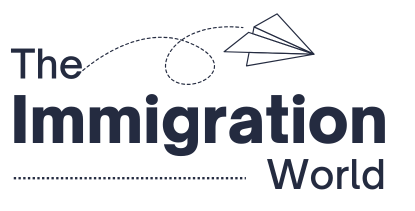Canada’s Express Entry is often the go-to for skilled immigrants seeking a fast track to permanent residency. But if you’re exploring other options or want to keep your immigration plans flexible, 2025 has plenty of strong alternatives worldwide. From Australia’s points-based system to Germany’s innovative Chancenkarte, this guide covers five top countries offering skilled immigration pathways worth considering.
Key Takeaways
Overview of Canada’s Express Entry and Why Look for Alternatives
Express Entry remains one of the fastest and most popular immigration routes for skilled workers in Canada. It’s a points-based system assessing age, education, work experience, language skills, and other factors to invite candidates to apply for permanent residency. However, rising competition, strict eligibility criteria, and fluctuating invitation rounds have many applicants wondering: What else is out there?
Alternatives allow you to explore countries with different criteria, potentially less competition, or opportunities tailored to specific sectors or skill levels. Plus, some countries offer pathways without requiring a job offer upfront, which can be a game-changer. So, it’s smart to weigh your options beyond Canada’s borders — especially if your profile or career goals fit better elsewhere.
Australia’s General Skilled Migration Program: What You Need to Know
Australia’s General Skilled Migration (GSM) program is a well-established points-based immigration system designed to attract skilled workers in sectors like IT, engineering, healthcare, and construction. The GSM program has three main visa subclasses:
- Subclass 189 (Skilled Independent Visa): No employer sponsorship required, offering flexibility for skilled workers who want to move independently.
- Subclass 190 (State Nominated Skilled Visa): Requires nomination by an Australian state or territory.
- Subclass 491 (Regional Provisional Visa): For skilled workers willing to live and work in regional Australia.
Applicants are assessed based on age, education, work experience, English proficiency, and other factors. The 189 visa is particularly attractive since you don’t need a job offer, allowing you to settle and look for work once you arrive. For many, Australia’s lifestyle, healthcare system, and strong economy make it a compelling alternative to Canada.
New Zealand’s Accredited Employer Work Visa and Green List Residency
New Zealand offers a two-pronged approach to skilled immigration with its Accredited Employer Work Visa (AEWV) and Green List Residency program. The AEWV allows foreign workers to get a job through employers approved by Immigration New Zealand, ensuring that workers fill genuine skill shortages.
Also Read: Are You Eligible for Alberta’s Skill Shortage Work Visa in 2025?
Complementing this, the Green List Residency fast-tracks permanent residency for applicants working in high-demand occupations such as healthcare, engineering, and IT. This scheme uses a points-based Skilled Migrant Category to assess eligibility, allowing for direct or expedited residency options.
New Zealand’s approach balances employer sponsorship with targeted skill shortages, making it a practical choice if you have a job offer or work in a Green List occupation. Plus, the country’s reputation for quality of life and natural beauty is a strong pull.
Germany’s Chancenkarte: Work Without a Job Offer
Germany’s Chancenkarte (Opportunity Card), launched in 2024, is a fresh take on attracting skilled workers without the traditional requirement of having a job offer before arrival. This points-based program assesses qualifications, work experience, language skills, and other criteria, giving candidates the right to enter Germany and look for work on the ground.
Targeting sectors like IT, engineering, and healthcare, this initiative aims to ease labor shortages while providing flexibility to skilled migrants. After finding a job, applicants can apply for work permits and eventually permanent residency, making Germany a very appealing option for those wanting to test the waters before committing.
This program stands out because it removes a big hurdle—the need to secure employment from abroad—making Germany one of the most accessible European countries for skilled immigration in 2025.
UK’s Skilled Worker and Global Talent Visa Options
The UK continues to attract global talent through its two main skilled immigration routes:
- Skilled Worker Visa: Requires a job offer from a licensed UK employer. It covers a wide range of professions from healthcare to engineering, allowing holders to work, live, and eventually apply for permanent residency.
- Global Talent Visa: Designed for exceptional individuals in academia, research, arts, and technology. No job offer is needed, and it offers a faster track to permanent settlement.
The UK’s evolving post-Brexit immigration policies have made these visas more competitive, but they remain attractive due to the country’s cultural diversity, job market, and pathways to citizenship. For high-achieving professionals, the Global Talent Visa is particularly compelling, offering freedom from sponsorship and flexible employment options.
US Employment-Based Visas: EB-2 and EB-3 Explained
While the US immigration system is often seen as complex, its employment-based visa categories like EB-2 and EB-3 remain solid routes for skilled professionals:
- EB-2: For individuals with advanced degrees or exceptional ability in the sciences, arts, or business.
- EB-3: For skilled workers, professionals with bachelor’s degrees, and certain other workers.
Both categories typically require employer sponsorship and labor certification to prove no qualified US workers are available for the role. These visas lead to permanent residency (a Green Card), but processing times can vary significantly.
Though the US system may demand patience and employer involvement, the scale of opportunities and the strength of the US economy keep these visas in high demand.
How to Choose the Best Immigration Program for Your Profile
With so many alternatives, how do you decide the best path forward? Start by considering your:
- Qualifications and experience: Does your field match in-demand occupations in a particular country?
- Job offer status: Are you already sponsored by an employer or applying independently?
- Language skills: Do you meet the language requirements (English, German, etc.)?
- Lifestyle preferences: Where do you want to live and work long term?
- Processing times and costs: What’s your timeline and budget for visa processing?
No one size fits all. Research each country’s program details carefully and, if possible, consult immigration experts to tailor your strategy. By aligning your profile with the right program, you increase your chances of success and a smooth transition into your new home.





